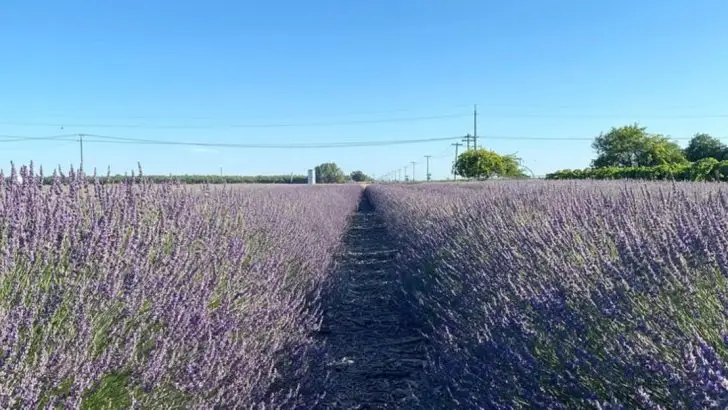Tired of watching your garden become a buffet for deer? You don’t need to put up unsightly fences to protect your plants — nature offers a more beautiful solution. Certain deer-resistant plants naturally deter browsing while adding color, texture, and fragrance to your landscape.
In this article, we feature 15 plants that repel deer while enhancing your garden’s beauty. From aromatic herbs to textured foliage, these selections let you create a landscape that’s as practical as it is attractive — no fencing required.
Keep your garden lush and deer-free, the natural and stylish way!
Lavender
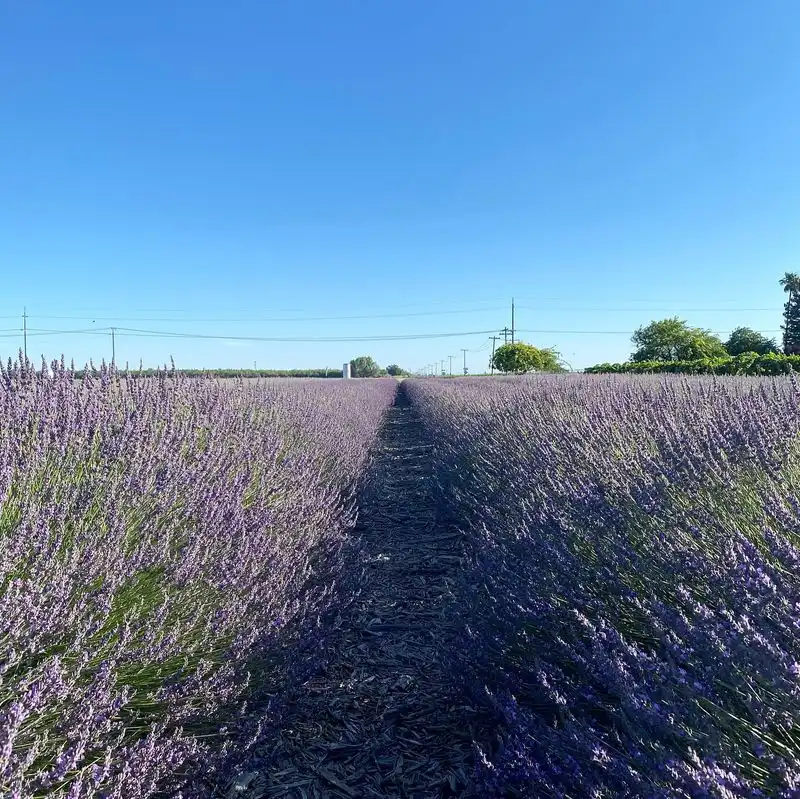
With its enchanting fragrance and vibrant purple blooms, lavender offers more than just visual appeal. Its aromatic oils are known to deter deer, making it an ideal addition to any garden. Planting lavender not only adds color but also provides a natural barrier against unwanted visitors. The plant thrives in sunny spots and offers a year-round green touch. While its calming scent is a favorite among gardeners, deer find it less inviting. Its versatility extends beyond gardening, as its oils are often used in aromatherapy.
Rosemary
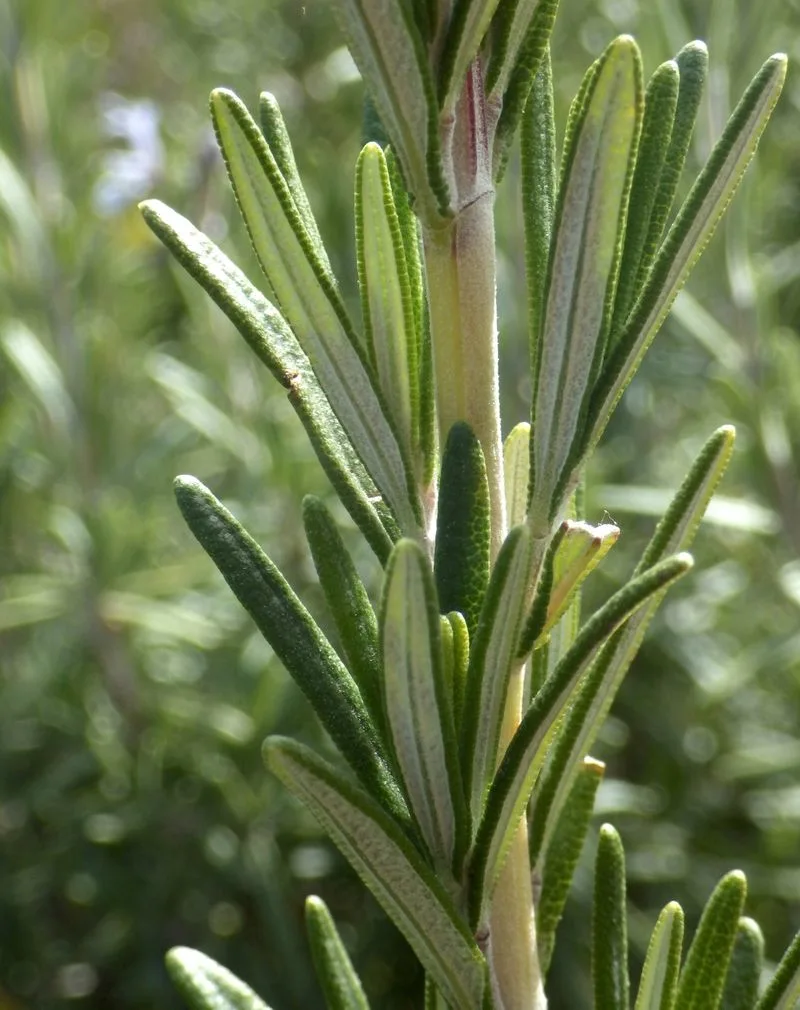
Rosemary, an aromatic herb with needle-like leaves, serves dual purposes in the garden. Known for enhancing culinary dishes, it also acts as a natural deer repellent. The strong scent of its oils is unappealing to deer, making it a functional yet fragrant choice. Rosemary thrives in sunny, well-drained areas and offers year-round greenery. Its resilience and low maintenance make it a favorite among gardeners. This hardy plant not only boosts your garden’s defenses but also offers a fresh supply of herbs for the kitchen.
Russian Sage
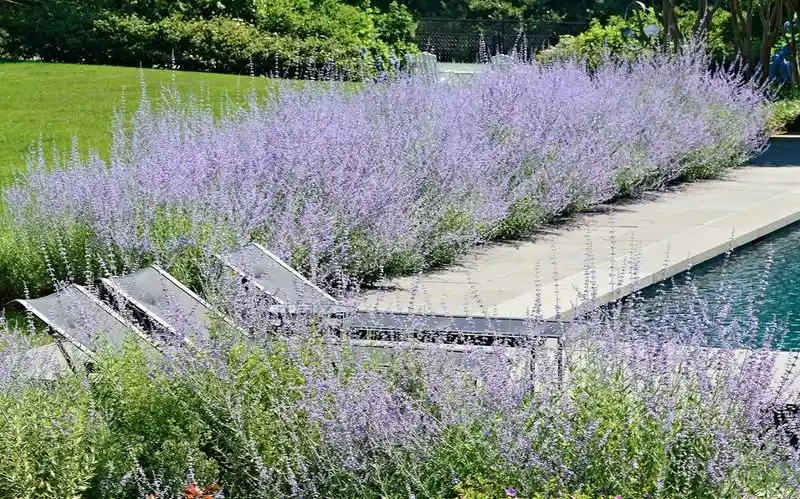
Russian sage, with its silvery foliage and lavender-blue flowers, creates a striking visual in any garden. This perennial’s aromatic properties are effective in deterring deer, making it a practical choice for borders. Its tall, airy structure adds height and movement to garden landscapes. Ideal for sunny areas, Russian sage is drought-tolerant and requires little maintenance. As it blooms, the gentle sway of its flowers in the breeze adds a dynamic element to your outdoor space. Its resilience and beauty make it a must-have for deer-prone areas.
Marigold
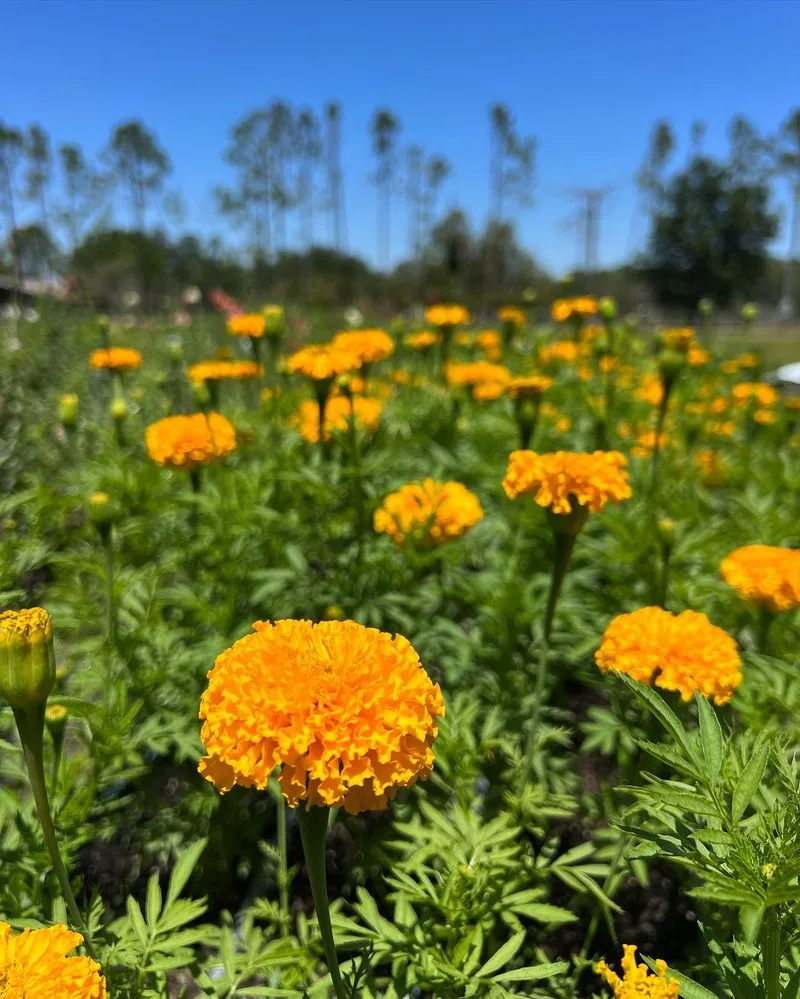
Marigolds stand out with their bright, cheerful blooms and are excellent at repelling deer. These vibrant flowers emit a scent that deer find unpleasant, serving as a natural deterrent. Beyond their repellent qualities, marigolds are easy to grow and thrive in various conditions, making them perfect for gardeners of all levels. Their bold colors can brighten up any garden space, and they are known to attract beneficial insects. Marigolds are a cost-effective way to add beauty and protection to your garden simultaneously.
Daffodil
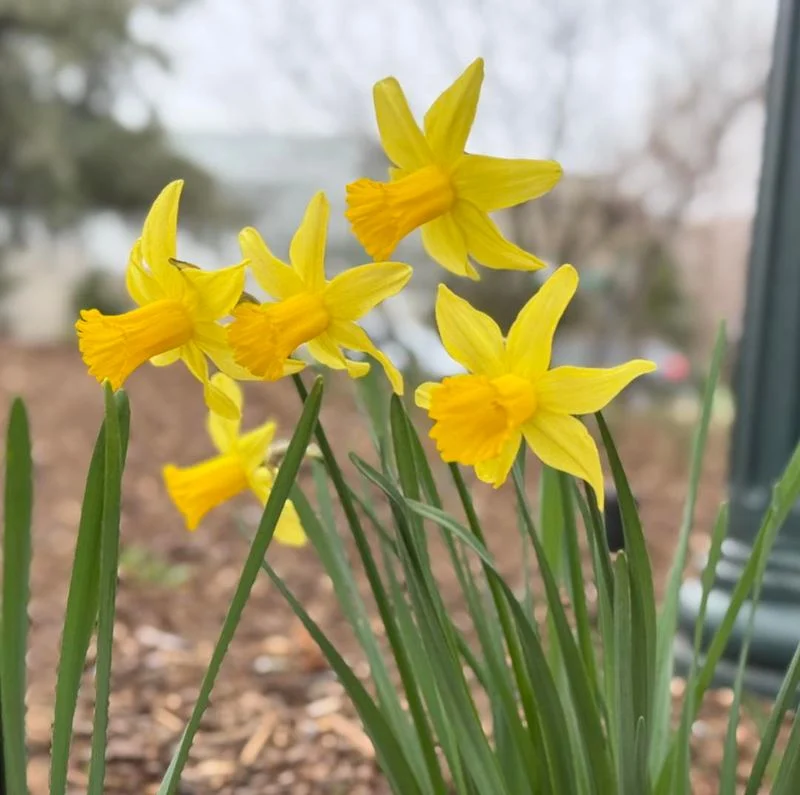
Daffodils, with their sunny yellow petals, bring a touch of spring to any garden and are naturally deer-resistant. Their bulbs contain lycorine, a compound that is toxic to deer, effectively deterring them from feasting on these cheerful flowers. Daffodils are easy to plant and return year after year, offering consistent beauty and protection. Their upright stance and vibrant color can transform a garden into a lively spectacle. Ideal for borders or mass plantings, they add a classic charm that is both functional and decorative.
Foxglove
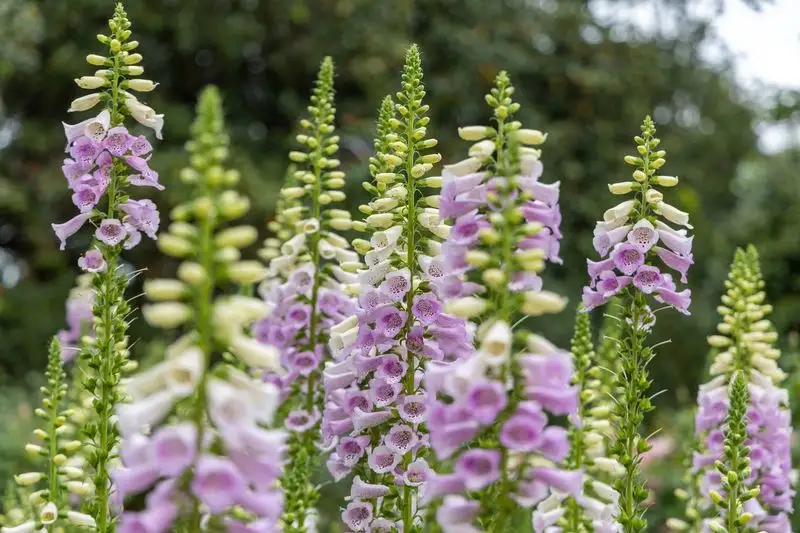
Foxgloves, known for their tall, elegant spikes adorned with bell-shaped flowers, bring a touch of the wild to any garden setting. While their beauty is captivating, these plants are also poisonous, which makes them unappealing to deer. Foxgloves thrive in partial shade and are perfect for adding vertical interest to flower beds. Their flowers come in a range of colors, from pink and purple to white, offering diversity in your garden’s palette. While care must be taken around children and pets, foxgloves are a striking addition for deer-proofing.
Yarrow
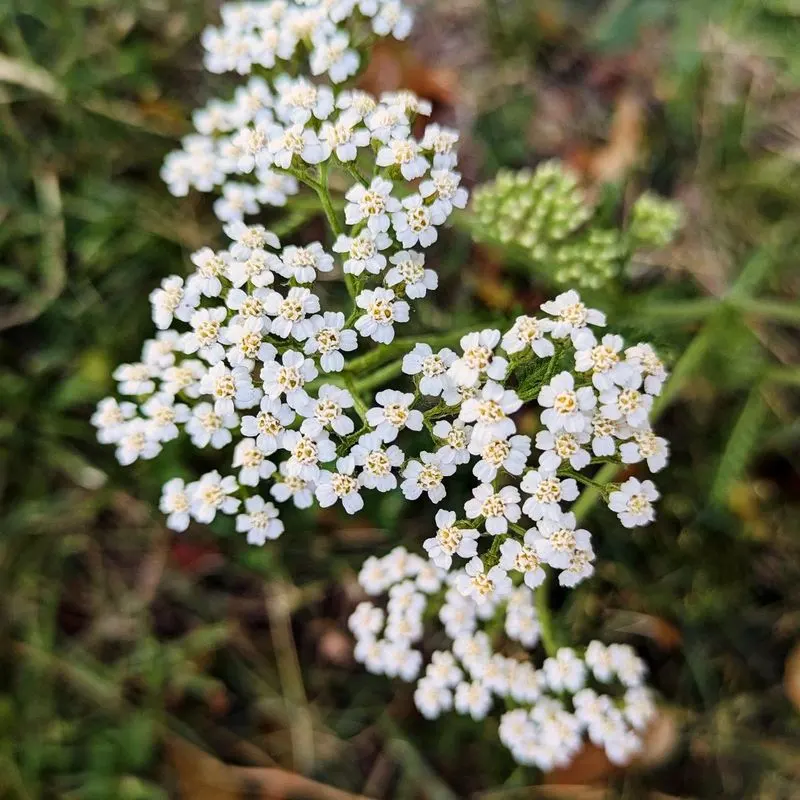
Yarrow, with its feathery foliage and clusters of tiny flowers, is both hardy and deer-resistant. This perennial is valued not only for its beauty but also for its ability to thrive in poor soil and dry conditions. Its aromatic leaves are what keep deer at bay, making it a reliable choice for any garden. Yarrow blooms in a variety of colors, adding a soft, natural touch to landscapes. This plant is also known to attract butterflies, bringing even more life to your garden. Its resilience and charm make it a favorite among gardeners.
Bee Balm
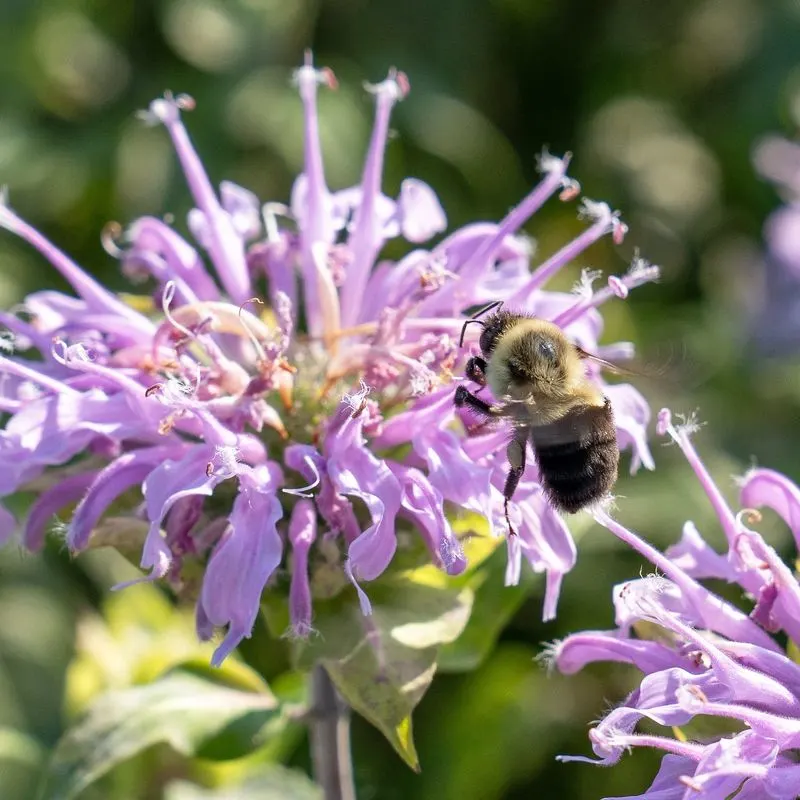
Bee balm, known for attracting pollinators, also serves as a natural deer deterrent due to its aromatic foliage. These striking flowers, in hues of red, pink, and purple, add a splash of color and a touch of whimsy to gardens. Bee balm thrives in sunny areas with well-drained soil and can become a focal point in flower beds. Its presence invites bees, butterflies, and hummingbirds, enhancing the ecological balance of your garden. Deer, on the other hand, find its scent less enticing, making it both beautiful and practical.
Lamb’s Ear
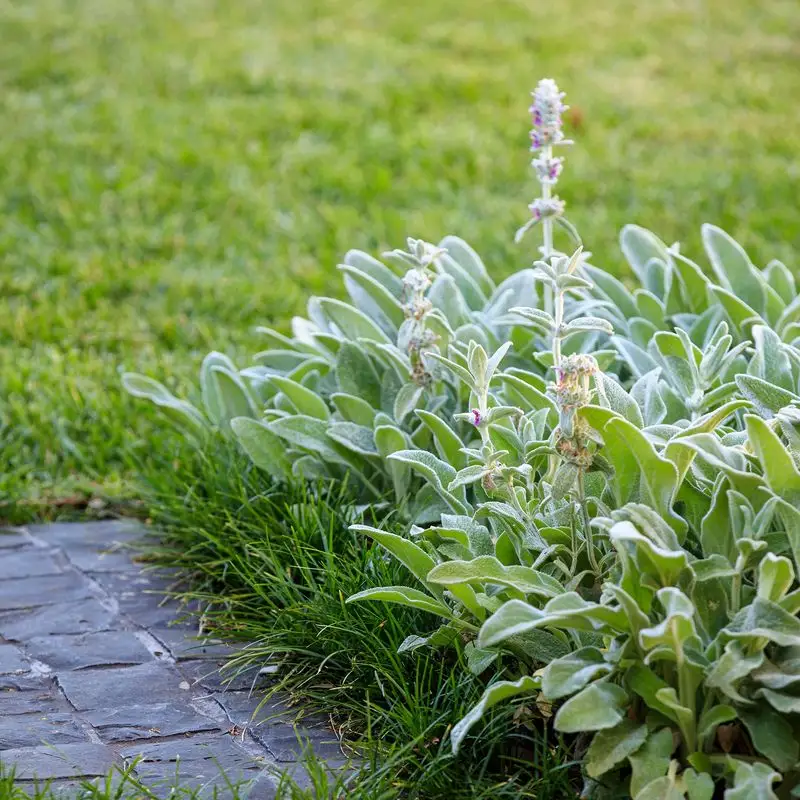
The soft, velvety leaves of lamb’s ear offer a unique texture to garden beds while effectively repelling deer. Its fuzzy foliage is not palatable to deer, making it an excellent ground cover option. Lamb’s ear thrives in full sun and well-draining soil, requiring minimal maintenance. Its silver-gray leaves provide a subtle contrast to more vibrant plants, adding depth to garden designs. This plant is not only functional but also aesthetically pleasing, creating a serene feel in outdoor spaces. It’s ideal for borders and mixed plantings.
Catmint
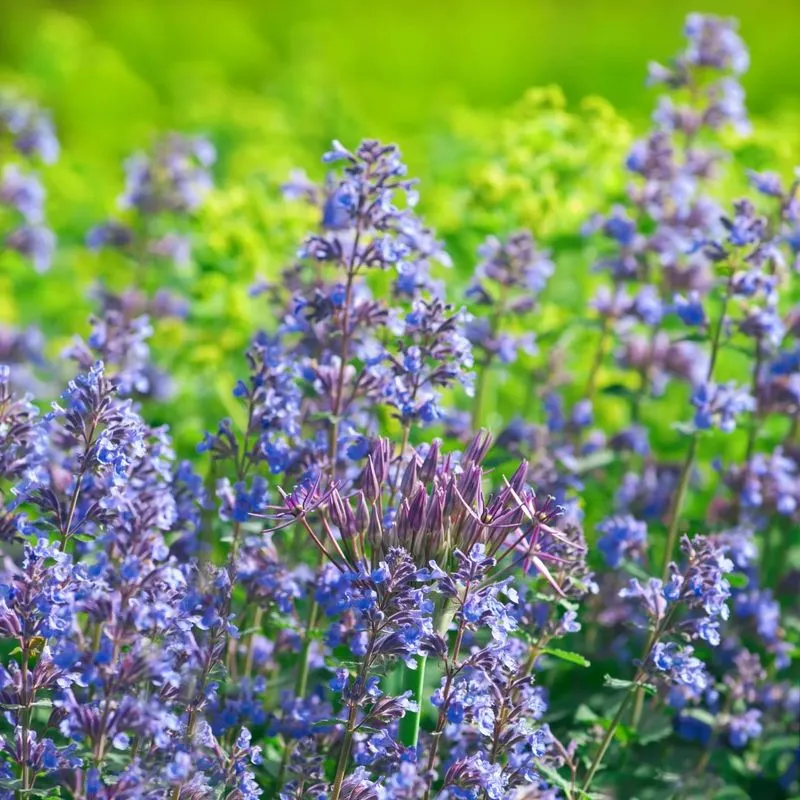
Catmint, a favorite among feline friends, is also a natural deer repellent thanks to its aromatic foliage. Known for its long-lasting blooms and easy maintenance, catmint is a wonderful addition to sunny garden spots. Its soft purple flowers and gray-green leaves create a calming visual effect. This plant is drought-tolerant and spreads easily, filling garden spaces quickly. While cats may find it irresistible, deer do not share the same fondness. Its resilience and charm make it a practical and attractive choice for deer-prone areas.
Thyme
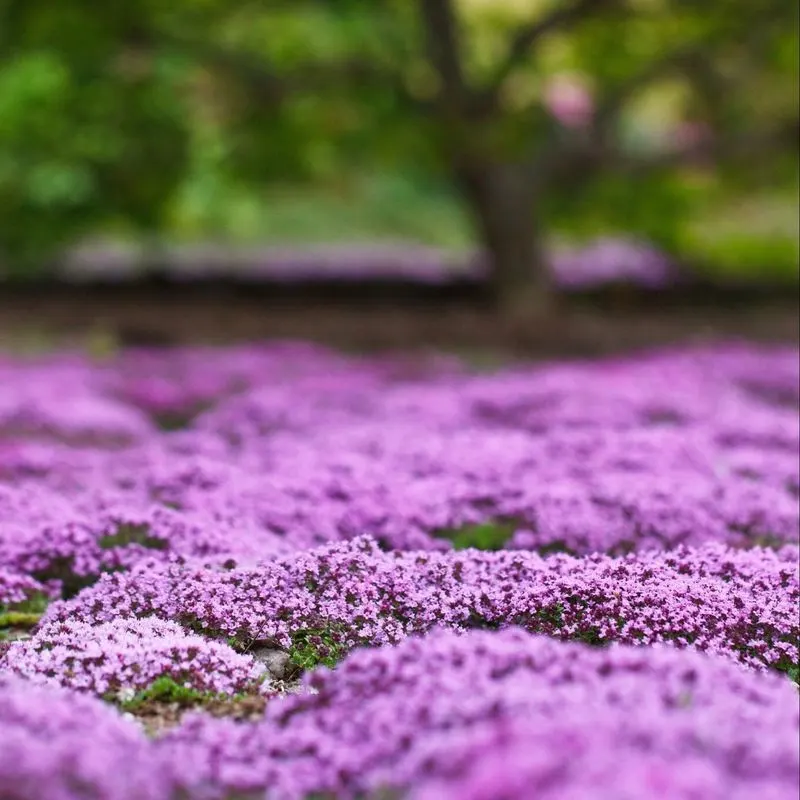
Thyme, a culinary staple, offers more than just flavorful leaves. Its strong aroma is effective in deterring deer, making it a dual-purpose plant for gardens. This low-growing herb is perfect for borders or as ground cover, thriving in sunny, well-drained areas. Thyme’s small, fragrant leaves add a lush green carpet to garden beds, while its flowers attract beneficial insects. Beyond its garden use, thyme can be harvested for cooking, providing fresh seasoning straight from your garden. Its versatility and hardiness make it a welcome addition to any garden plan.
Fennel
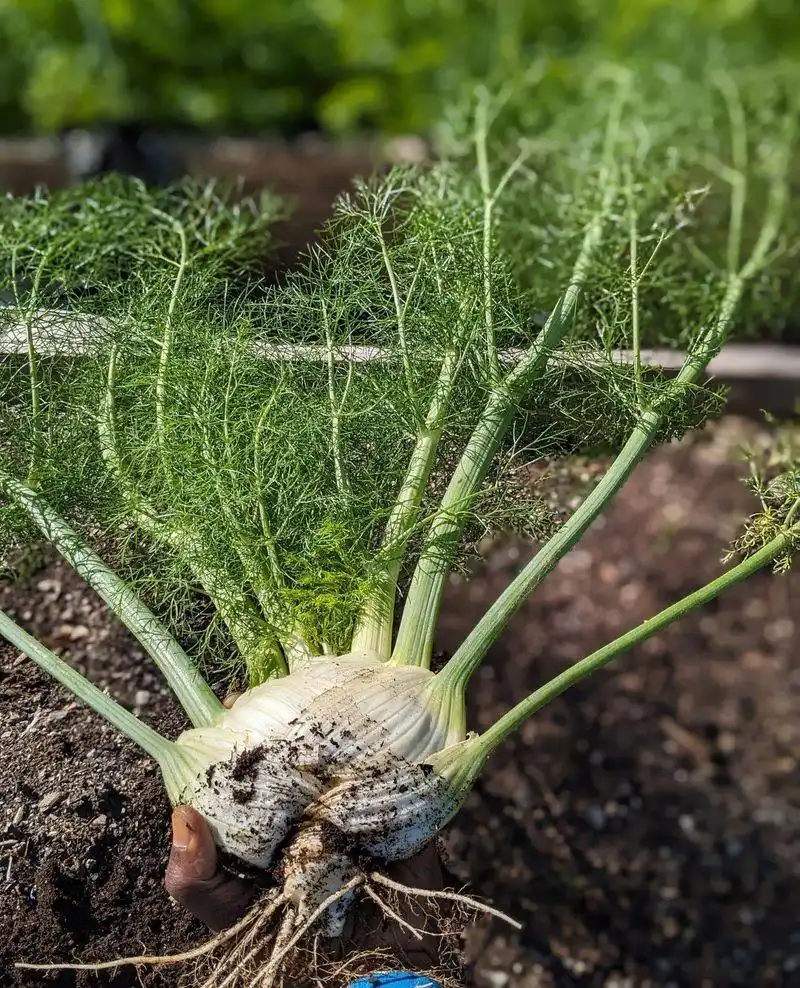
Fennel, known for its feathery leaves and anise-like flavor, also serves as a natural deer deterrent. The plant’s strong scent is off-putting to deer, making it a useful addition to gardens looking to maintain their beauty without fencing. Fennel thrives in sunny spots and can reach impressive heights, adding vertical interest. Its yellow flowers attract pollinators, enhancing the biodiversity of your garden. Besides its repellent qualities, fennel is also edible, with its bulb and seeds used in various culinary dishes. Its dual purpose makes it both functional and flavorful.
Allium
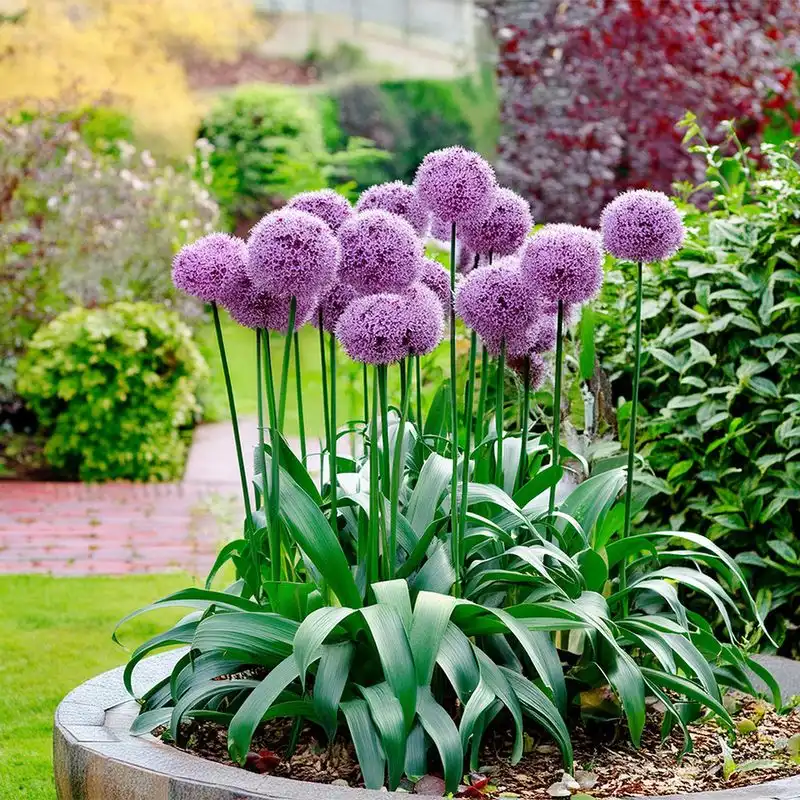
Alliums, with their large, globe-like flowers, command attention in any garden landscape. These plants are part of the onion family and their strong scent is disliked by deer. Alliums are easy to grow and provide a striking display with their tall stems and vibrant blooms. They are perfect for adding height and drama to flower beds. Their long-lasting flowers also make excellent cut displays for indoor arrangements. While their appearance is captivating, their scent ensures that deer will keep their distance, making them both ornamental and practical.
Peony
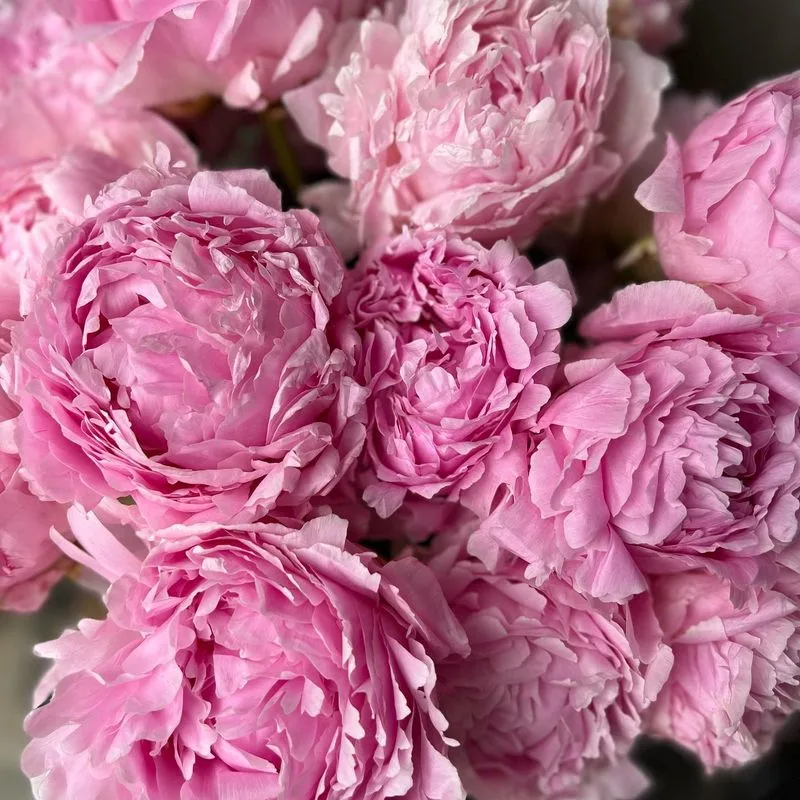
Peonies, with their large, lush blooms and rich fragrance, are a classic choice for gardens seeking elegance and deer resistance. The plant’s strong scent is pleasant to humans but deters deer, making peonies both beautiful and practical. They thrive in sunny, well-drained soil and return year after year, providing longevity. Peonies are versatile, suitable for borders or as stand-alone specimens. Their showy flowers add a touch of luxury to any garden, and their resilience ensures they remain a favorite among gardeners. With minimal care, they offer lasting beauty.
Boxwood
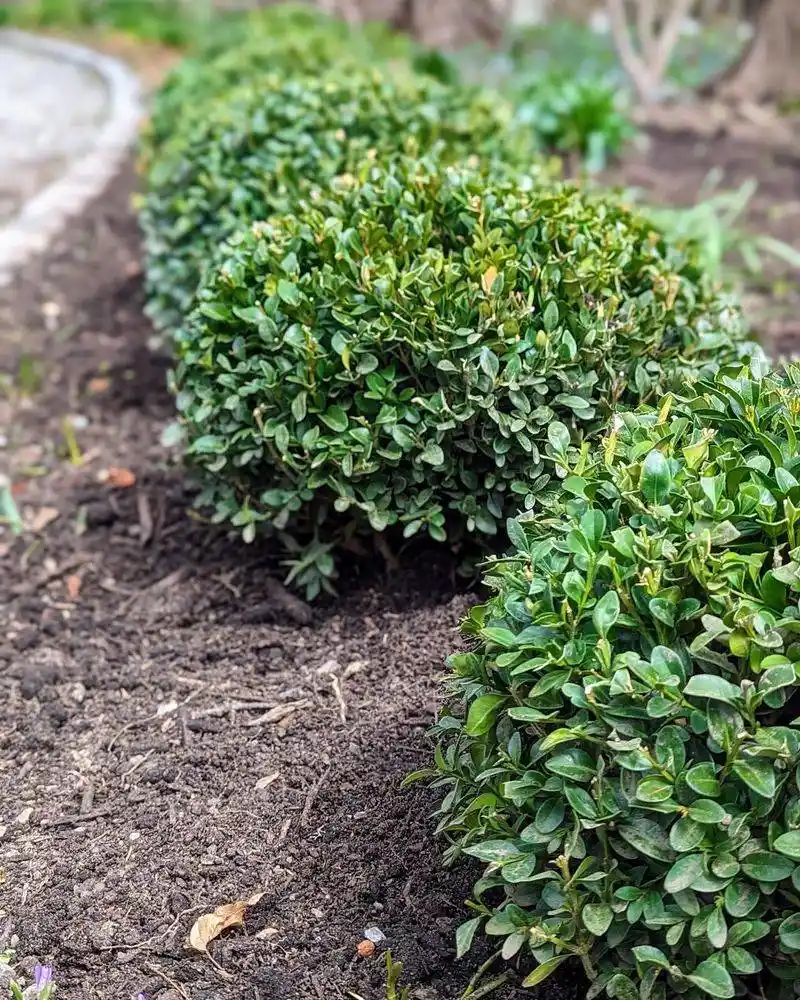
Boxwood, with its dense, evergreen foliage, is a staple in formal gardens and also serves as an effective deer deterrent. Its bitter taste and strong scent keep deer at bay, making it ideal for hedges or borders. Boxwoods are highly adaptable, thriving in various soil types and light conditions. Their compact form can be easily shaped, adding structure and definition to garden layouts. Despite their traditional use, boxwoods offer modern versatility and require minimal maintenance. Their year-round greenery provides a constant backdrop for more colorful plantings.

